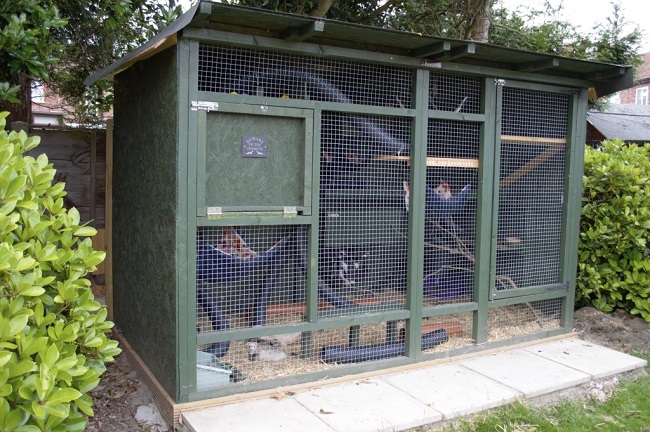Ferrets are inquisitive, playful creatures that require a living environment that can cater to their unique needs. An ideal Ferret Cage should have enough space for them to move around, play, and have separate areas for eating, sleeping, and litter.
Commercially available Ferret Cages can often be expensive and may not offer the customization you need for your pet. A DIY Ferret Cage, on the other hand, gives you the chance to create a personalized, cost-effective, and safe space for your Ferret.
In this article, we will guide you through the process of building a DIY Ferret Cage, giving your furry friend a home they’ll love.

Understanding Ferret’s Housing Needs
Before starting the DIY project, it’s important to understand what a Ferret’s ideal living environment should contain.
Read Also:
Ferrets need multiple levels to explore, safe toys to play with, soft materials for bedding, and a specific area for their litter box. They are also fond of hiding, so adding tunnels or hammocks can provide them with places to hide and play.
Choosing the Right Material for DIY Ferret Cage
A DIY Ferret Cage can be made from different materials. Wire shelving units or cubes, often used for storage, can make excellent, sturdy Cages.
You’ll also need plastic or vinyl flooring to protect your pet’s feet from the wire mesh. Avoid untreated metal or any material that can rust or chip as it can harm your Ferret.
Building the DIY Ferret Cage: A Step-By-Step Guide
Start by sketching a design based on the size and location of your Ferret Cage. Consider including multiple levels, ramps, or ladders for your Ferret to climb. Build the frame using the wire shelving units and secure them with zip ties.
Once the structure is stable, attach the vinyl flooring on each level and secure it with zip ties as well. Make sure to trim any sharp edges to avoid injuring your Ferret.
Adding Essential Amenities
Now that the basic structure of your DIY Ferret Cage is ready, it’s time to add the essential amenities. Add a litter box in a corner, away from the eating and sleeping areas.
Include soft bedding material, like fleece blankets, in the sleeping area. Install food and water bowls that are sturdy and not easily tipped over.
Enhancing Your DIY Ferret Cage with Fun Elements
Ferrets are playful animals, and their Cage should reflect this. Consider adding safe toys, tunnels, hammocks, and hiding places. Ensure all additional elements are securely attached and cannot cause injury to your pet.
Ensuring Safety in Your DIY Ferret Cage
Safety should be your utmost priority. Make sure all exits and entrances are secure to prevent escapes. Regularly inspect the Cage for any sharp edges or broken parts that could injure your Ferret.
Read Also:
- Morning After Pills For Dogs
- Old English Sheepdog Mix with Poodle
- English Bulldog Mix with American Bulldog
Conclusion
Building a DIY Ferret Cage is a fulfilling project that allows you to provide a custom-made, enriched environment for your pet. By understanding your Ferret’s needs and prioritizing safety, you can design and create a space that your Ferret will enjoy and thrive in.
























